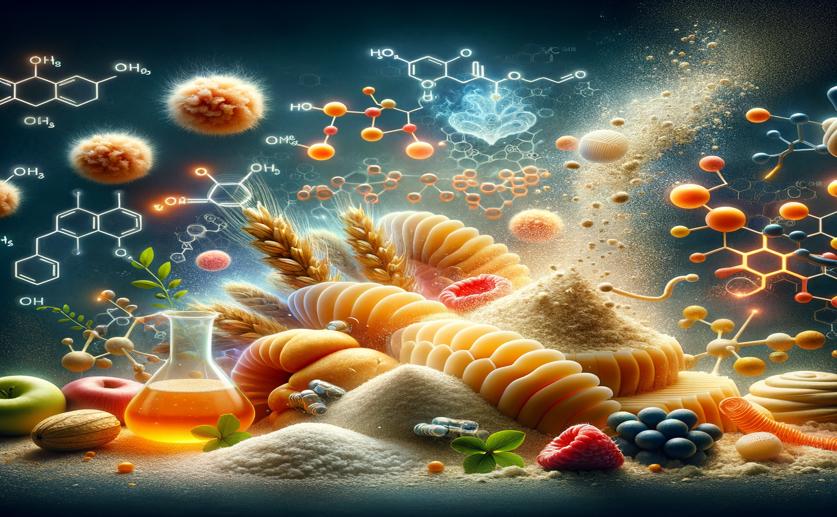
Making Sweeter Natural Sweeteners with Yeast and Enzymes
Greg Howard
4th April, 2024

Image Source: Natural Science News, 2024
Key Findings
- At Jiangnan University, scientists improved the production of a low-calorie sweetener, Reb M, using modified yeast
- They increased Reb M yield to 12.5g/L, the highest reported, by altering genes in the yeast
- The study's methods could lead to a variety of new, natural sweeteners for health-conscious consumers
References
Main Study
1) Efficient Conversion of Stevioside to Rebaudioside M in Saccharomyces cerevisiae by a Engineering Hydrolase System and Prolonging the Growth Cycle.
Published 2nd April, 2024
https://doi.org/10.1021/acs.jafc.4c01483
Related Studies
2) Metabolic engineering for the synthesis of steviol glycosides: current status and future prospects.
3) Biotechnological production of natural zero-calorie sweeteners.
4) Dynamic characteristics of sweetness and bitterness and their correlation with chemical structures for six steviol glycosides.



 16th January, 2024 | Jim Crocker
16th January, 2024 | Jim Crocker